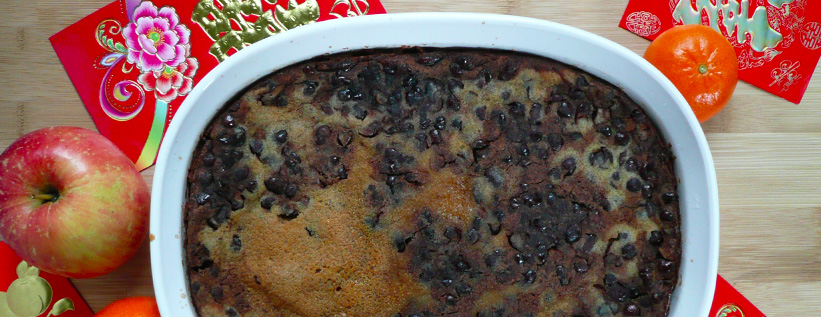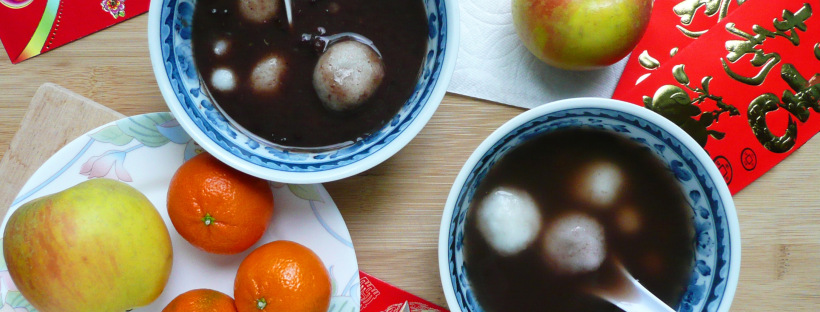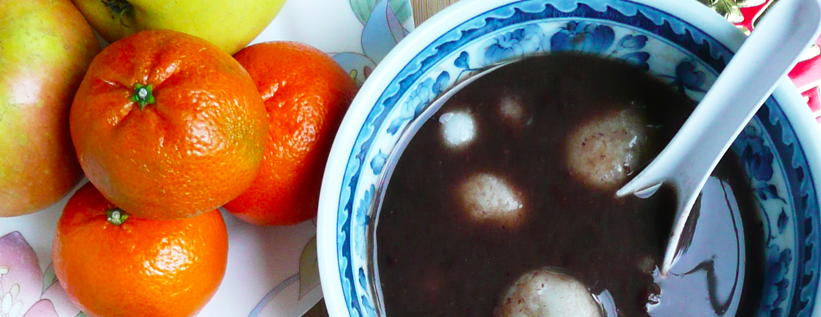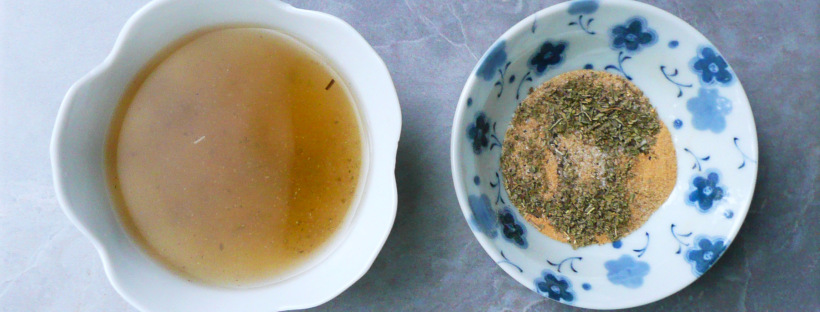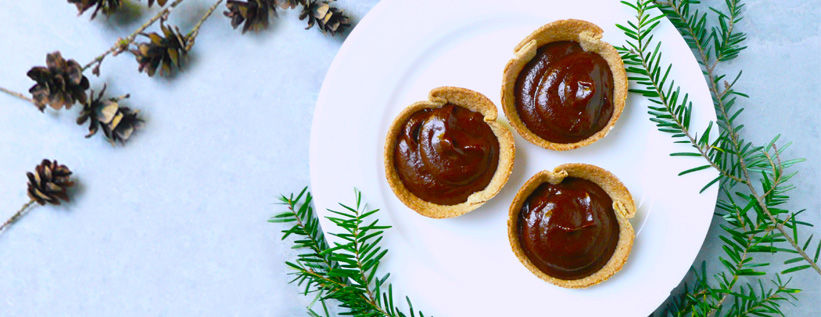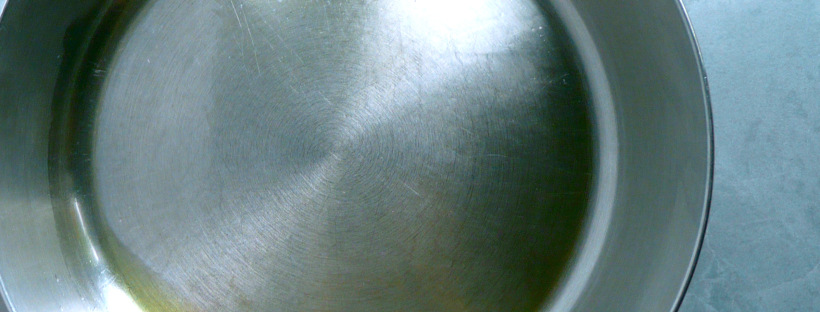A super simple recipe for dairy free and refined sugar free nian gao (Chinese New Year Cake) with homemade red bean filling. Tastes just like the traditional version.
Category: Holiday
Lunar New Year – Homemade Tang Yuan Recipe – Refined Sugar Free
These tang yuan are chewy sweet rice balls with delicious red bean filling. Tang yuan signify family togetherness and are eaten during Lunar New Year celebrations.
Lunar New Year – Red Bean Soup Recipe, Refined Sugar Free, Maple Syrup
A refined sugar free version of a classic sweet red bean soup.
Kitchen Tip – Easy Way To Get The Cap Off A Vanilla Extract Bottle
If you've ever known the struggle of baking cookies and not being able to get the little cap off of the vanilla extract bottle, this one's for you.
Instant Homemade Vegetable Stock Mix – Vegan, Soy-free, Gluten-Free
A simple and easy recipe to always have vegetable stock on hand. This recipe is soy free, thrifty and easy to customize.
Maple Vanilla Icing – Refined Sugar Free, Dairy Free, Vegan
Super easy and allergy friendly icing for gingerbread cookies, and sugar cookies. Perfect for decorating cookies around the holidays.
Maple Vanilla Sugar Cookies – Gluten Free, Refined Sugar Free, Dairy Free, Egg Free, Vegan
These are great cookies. They are sort of a cross between a traditional sugar cookie, and a fortune cookie. They have a wonderful crunchiness and the maple gives them a lovely sweetness.
Gingerbread Cookies – Gluten Free, Dairy Free, Refined Sugar Free, Nut Free, Vegan
It just doesn't really feel like Christmas without gingerbread cookies, and these are some of the best gingerbread cookies I've ever eaten. These cookies are free from nuts, gluten, refined sugar, dairy, egg free and completely vegan, so hopefully everyone can enjoy them around the holidays.
Mini Chocolate Peppermint Pies – Vegan, Gluten Free, Dairy Free Tarts
Mini Chocolate Peppermint Pies - all the taste of chocolate peppermint bark without the refined sugar or dairy. So good... and great for the Holidays!
How to Make a Stainless Steel Pan Non-stick (non-toxic)
A super easy and non-toxic way to make a temporary non-stick coating on you stainless steel pan.
